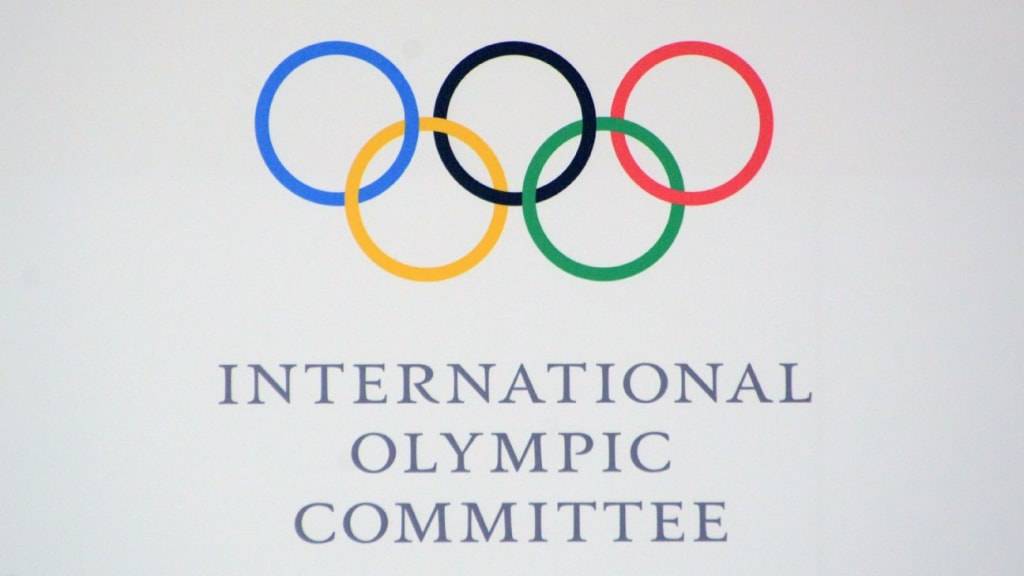The Olympic Flag: Its Meaning and History
The Olympic flag is one of the most recognizable symbols in the world, representing the values of unity, excellence, and friendship. It is a symbol of the global gathering of athletes from every corner of the world, coming together to compete in the Olympic Games. The flag features a simple yet powerful design: five interlocking rings in blue, yellow, black, green, and red on a white background. These five rings represent the union of the five inhabited continents, while the white background symbolizes peace. But how did this iconic symbol come to be, and what does it represent? Let’s explore the history and meaning behind the Olympic flag.
The Origins of the Olympic Flag
The Olympic flag was created by Pierre de Coubertin, the founder of the modern Olympic Games, as part of his broader vision to establish the Olympics as an international sporting event. The idea for the flag came from the need for a symbol that would unite athletes and countries from around the world.
In 1913, Coubertin designed the flag and first presented it at the International Olympic Committee (IOC) Congress in Paris. His design included five rings, each representing one of the continents: Africa, the Americas, Asia, Europe, and Oceania. These continents were symbolized by the five rings, interlocked to show the connection between the nations participating in the Olympic Games. The rings’ colours, blue, yellow, black, green, and red, were carefully chosen because at least one of these colours appears on every national flag in the world.
The original Olympic flag was first used during the 1920 Olympic Games in Antwerp, Belgium. Since then, it has become an enduring symbol of the Olympic movement.
The Meaning of the Olympic Rings
The five interlocking rings on the Olympic flag are perhaps the most prominent feature of the symbol, and their meaning is rich in symbolism.
(I)Unity of Continents: The five rings represent the unity of the five inhabited continents—Africa, the Americas, Asia, Europe, and Oceania. The rings are interlinked, signifying how the Olympic Games unite athletes from every part of the world, fostering cooperation and peace through sports.
(II)Global Inclusion: The colors of the rings—blue, yellow, black, green, and red—were specifically chosen to reflect diversity and inclusivity. The combination of these colors is significant because each of these hues appears on at least one national flag, emphasizing the global nature of the Olympic movement.
(IV)Hope and Peace: The white background of the Olympic flag represents peace, while the interlocking rings symbolize harmony among nations. The design reflects the Olympic motto, Citius, Altius, Fortius (Faster, Higher, Stronger), which speaks to the Olympic spirit of striving for excellence in athletic competition while promoting friendship and peace.
(V)International Brotherhood: The Olympics aim to transcend political, cultural, and racial boundaries, and the flag itself is a powerful visual representation of this ideal. It is a reminder that, no matter the background or nationality, athletes come together under a common purpose.
The Olympic Flag’s First Appearance
The first time the Olympic flag was officially used was during the 1920 Olympic Games in Antwerp, Belgium. However, it was not until the 1924 Summer Olympics in Paris that the flag was raised in an official Olympic ceremony. Since then, it has been raised at every subsequent Olympic Games, a tradition that continues today.
The Olympic flag is hoisted at the opening and closing ceremonies of the Games, where it is a symbol of the global unity that the event seeks to foster. It serves as a powerful reminder of the Games’ universal values, representing athletes and nations working together for a better, more peaceful world.
The Evolution of the Flag’s Role
As the Olympic movement grew, so did the importance of the flag. Beyond its role in representing the Games, the Olympic flag also symbolizes the unity and shared purpose of the International Olympic Committee (IOC). It serves as a reminder of the values the IOC upholds: sportsmanship, excellence, respect for others, and the importance of education and cultural exchange.
In addition to being a symbol of the Olympic Games themselves, the flag is raised during the International Olympic Committee’s annual meetings and ceremonies, and it can also be found in Olympic organizations worldwide. The flag is a powerful tool for communicating the global and inclusive nature of the Olympics and the principles of fair play and friendship that define the movement.
The Legacy of the Olympic Flag
Over the decades, the Olympic flag has come to embody the hopes and dreams of athletes and spectators alike. It serves as a powerful, unifying symbol that transcends national boundaries, political ideologies, and cultural differences. The flag’s simple design, with its five rings and white background, is an enduring symbol of the Olympic spirit, and it continues to inspire generations of athletes and fans around the world.
The Olympic flag not only represents the values of the Olympic Games, but it also connects millions of people worldwide, as they come together to celebrate the spirit of competition, friendship, and peace. Whether it is raised at the Olympic Games, displayed at IOC meetings, or carried by athletes in their daily training, the flag serves as a constant reminder of the universal appeal of the Olympic movement.
Conclusion
The Olympic flag is more than just a piece of fabric; it is a symbol of the unity and peace that the Olympic Games aim to foster. Designed by Pierre de Coubertin, it represents the interconnectedness of the world’s continents and the global nature of the Olympic Games. The five interlocking rings, in their vibrant colors, embody the spirit of inclusivity, diversity, and harmony. As the flag continues to fly proudly at each Olympic Games, it reminds us of the ideals of excellence, sportsmanship, and friendship that define the Olympic movement.


